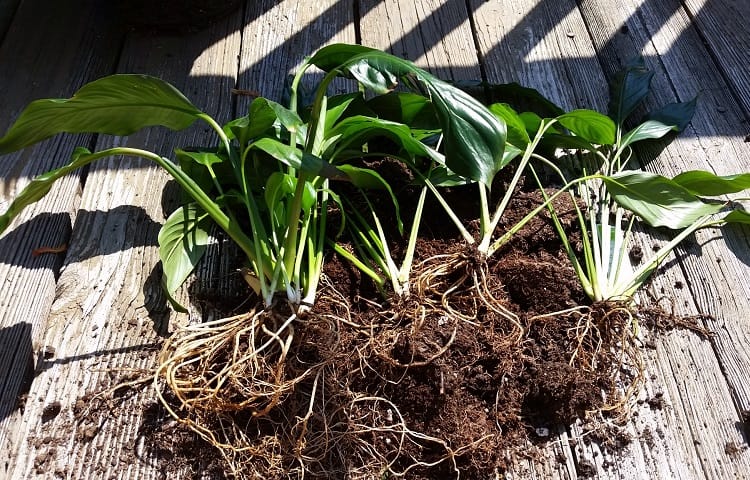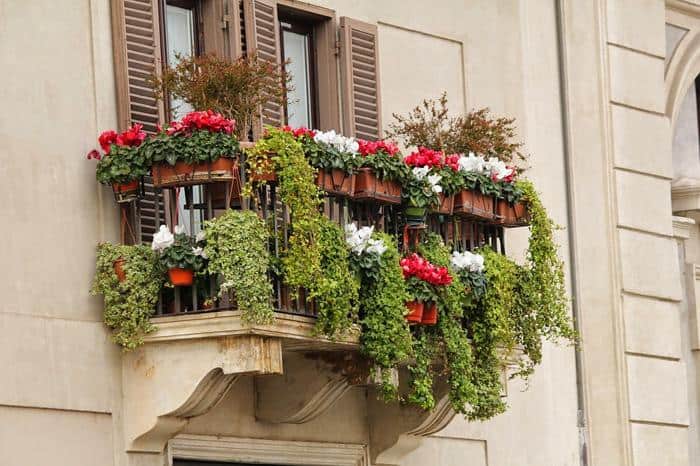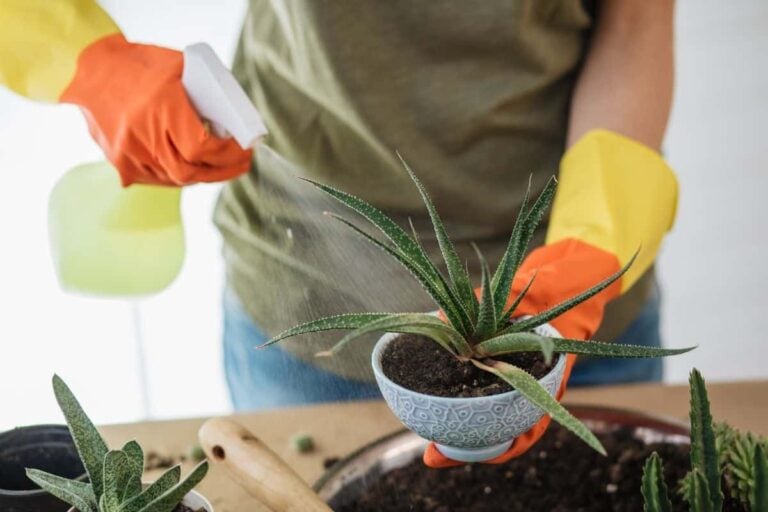How To Care For A Peperomia Plant For Beginners
Peperomia are beautiful plants to grow indoors, and are ideal for anyone looking to expand their collection of houseplants.
If you’re new to owning a Peperomia plant or are interested in getting one, you might be wondering how you take care of it.
In this article, I will cover how to care for a plant for beginners. So, as a new plant parent you can care for this plant with confidence.
Without further ado, let’s get started.
A Guide On How To Care For A Peperomia Plant
The majority of Peperomia plants need to be kept in a bright room with indirect sunlight, and thrive best in a room temperature of between 65-80 °F.
Generally speaking, a Peperomia plant should watered infrequently and only once the top inch of soil has dried out. The amount you need to water your plant can change depending on the conditions in your home.
However, the easiest way to determine whether your plant needs water is to place your finger into the soil and check whether it still feels moist. If it does, then you should wait until the top inch of soil has completely dried out to prevent any issues with overwatering from occurring.
It is also essential to your plant’s health that you choose a well-draining potting soil to plant it in. This will help to prevent the plant’s soil from becoming waterlogged, as this can cause a wide range of issues should the soil not be able to dry out in between waterings.
When it comes to fertilizer, your plant will benefit from the application of fertilizer once a month throughout the growing season.
How Often Do You Water A Peperomia?
You only need to water a Peperomia plant once the top 1-2 inches of the soil dries out completely. At this point, you can give your Peperomia plant a thorough watering.
Watering Peperomia plants is where many people tend to trip up. Overwatering is the number one problem that people have when trying to keep Peperomia plants alive indoors, so don’t make this mistake.
There are a variety of signs that you are overwatering your plant that you’ll need to look out for. These signs can include wilting, waterlogged soil, yellowing leaves, and rotting stalks to name a few.
On average, then, you’ll need to water your Peperomia plant every 7-10 days. However, this can depend on the moisture of the soil, so let this guide you as opposed to the time that has passed since your plant was last watered.
How Do You Prune A Peperomia Plant?
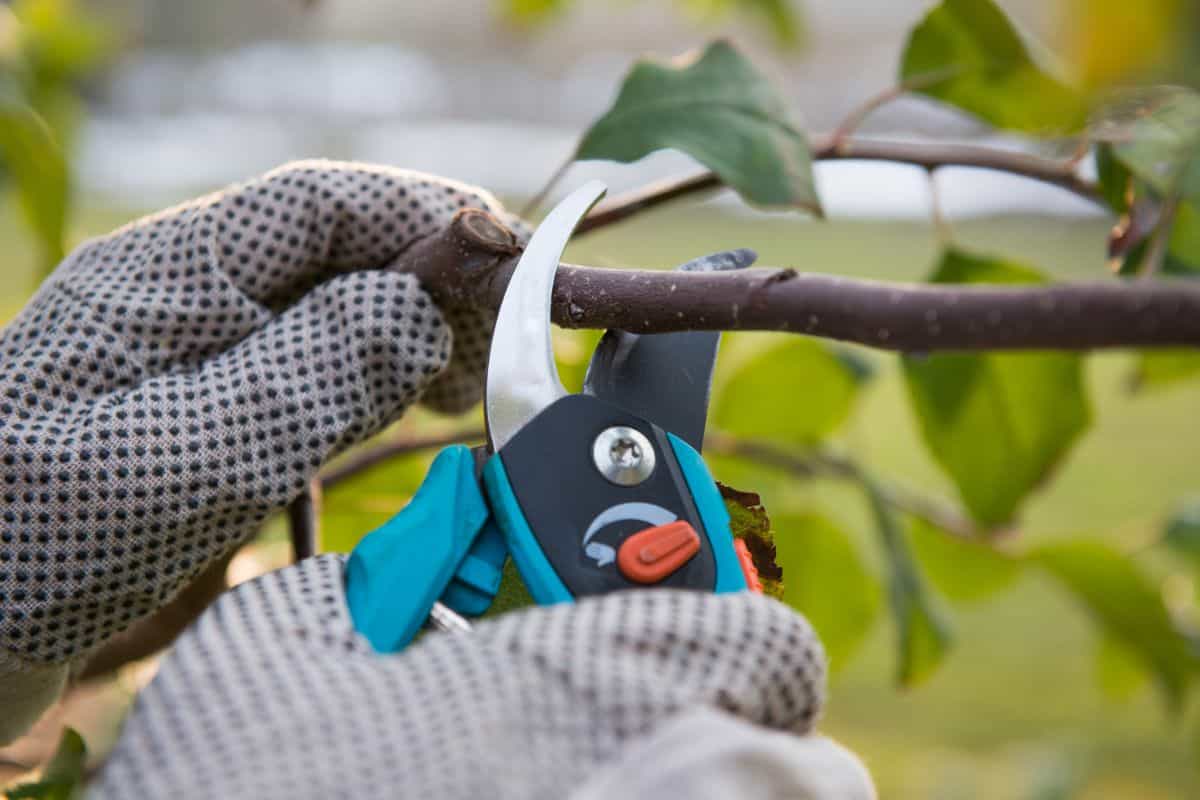
Peperomia plants tolerate being pruned well, so there’s no need to be too precious about being gentle when you’re pruning their leaves.
You should take this opportunity to remove any leaves that are dead or showing signs of damage or disease.
Checking your plant for unhealthy foliage and pruning it is essential to get your plant healthy and prevent recurrence of the problem.
What Pests Are Peperomia Plants Susceptible To?
Despite the fact that Peperomia plants are pretty resilient to pests, they unfortunately can still be affected by:
- Mites
- Fungus Gnats
- Mealybugs
Mites are tiny, and can go without you noticing them for a significant amount of time, meaning that by the time that you spot them, significant damage has often been done.
To get the mite infestation under control, you will need to cover the plant with either pesticidal spray or soap.
Fungus gnats are tiny black flies, and if your plant is dealing with an infestation, you will be able to see them in the soil.
Reducing the amount that you water your plant and top-dressing the soil that you use with sand should help to control them. If this fails, you could always try using a small amount of cinnamon powder and sprinkle it on top of the soil.
Mealybugs are typically found on the lower surfaces of the leaves as well as on the roots of your plant, and will appear as a white mass. The most common treatment for mealybugs is to use neem oil or an insecticidal soap or spray.
Why Is Your Peperomia Wilting?
The main reasons why your Peperomia might be wilting are over and under watering your plant.
So, why are over and under watering your plant so detrimental to your plant’s health? Well, believe it or not, it comes down to the fact that in both instances, the plant isn’t able to receive enough water.
If you’ve been underwatering your plant, the leaves will have a dry and wrinkled appearance, and could even feel crispy to the touch. In addition to this, the soil will feel bone dry, even when you poke your fingers deep into the soil.
If you’ve underwatered your plant, you will need to water the plant and regularly monitor the soil’s moisture levels. Hopefully with time your plant will react, and as the roots gain access to water, will begin to look healthier.
Overwatering your plant is one of the biggest causes for root rot, which in turn, kills the roots. If your plant’s roots are dying, the plant becomes unable to absorb the water in the soil.
Waterlogged soil is easy to spot, as it will not only be soaking wet to the touch but will also be able to spot just by looking at your plant. Even with immediate action, you might not be able to save your plant.
That being said, if it’s severe, you will need to repot your plant if you are to be in with a chance of ensuring it survives. To do this, you will first need to cut off any damaged foliage before removing the plant from the pot.
You will need to try to remove as much of the waterlogged soil from the soil. If you can see root rot, you will need to remove the affected roots with a pair of scissors to prevent it from spreading. To do this, only use a sterile pair of scissors.
After you have cut off the diseased roots, you will need to repot the plant in new soil that has equal quantities of perlite and potting soil.
Once you have repotted your plant, you will need to water it very lightly and leave it for a minimum of a week before you think about watering it again.
From this point onwards, you will need to regularly check the soil to determine when it is time to water your plant. Only water the plant when the top 1 to 2 inches of soil are totally dry.
Why Is Your Peperomia Plant Dropping Leaves?
Your plant dropping its leaves can be indicative of a normal growth pattern. However, if your Peperomia plant is dropping a lot of leaves, this can signify that there is a bigger issue at fault.
If you’ve just bought your plant and it’s already dropping its leaves despite you following a regular watering pattern, this might indicate that the plant wasn’t cared for properly at the store or when it was traveling there.
If this is what happened, then all you can do is care for it as best as you can and hope that the plant recovers with these conditions.
It’s also important to note that a plant dropping its leaves can also be a sign of overwatering. As a result, you will need to make sure that you’re testing the soil each and every time you think that your plant could do with watering.
If the first two inches of water aren’t completely dry, then you need to wait until you water it again.
Although this plant isn’t particularly prone to disease, if it’s dropping its leaves, this can be a sign of infestation or disease. Always check your plant for any signs of a bug infestation, examining the soil and the leaves for anything unusual.
If you find pests, then it’s essential that you deal with them sooner rather than later.
Why Does Your Peperomia Look Like It’s Dying?
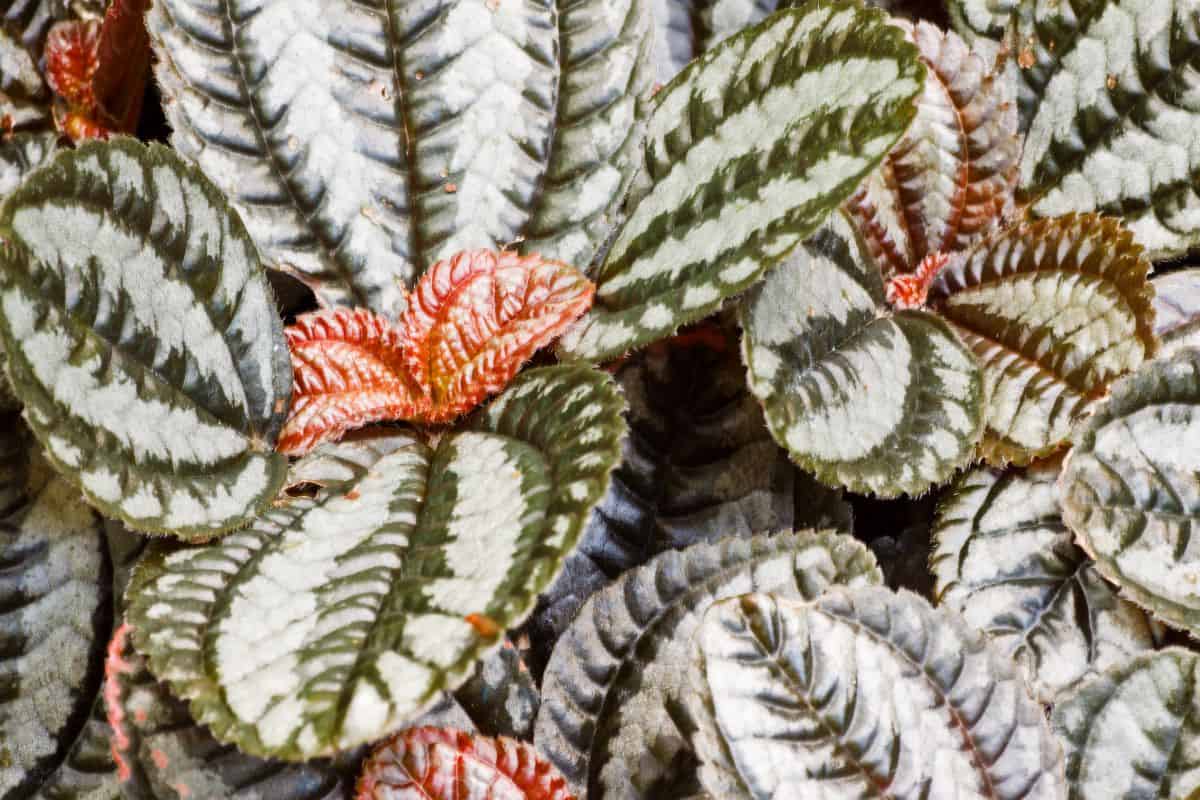
If you’re not sure why your plant looks like it’s dying, it probably has something to do with the amount of water or light that it’s receiving.
While it can feel like an overwhelming feat to get this balance right as a beginner, once you have, you’ll be well on your way to reviving your Peperomia plant.
That being said, if your plant is beyond saving, don’t beat yourself up. Just try to take what you’ve learned from this experience, and apply the knowledge that you’ve gained when you get your next plant.
Trial and error is all part of the process when you first become a plant parent. Whilst you want to try to avoid killing your plant as best you can, sometimes human error gets in the way.
That doesn’t mean that you’re a bad plant parent, it just means that you need further education.
Before you get your next plant, be sure to do some more research on the plant that you get to ensure that you’re fully prepared to take care of your plant and are armed with the right information.
What Causes A Peperomia Plant’s Leaves To Appear Yellow?
There are a variety of causes for yellowing leaves that you should be aware of. These include:
Excessive Sunlight
Despite the fact Peperomia plants thrive in bright, indirect sunlight, excessive sunlight is one of the biggest causes for yellowing leaves.
In their natural habitat, these plants are generally found in the shade of subtropical and tropical forests, meaning that they don’t get a huge amount of direct sunlight and don’t do well in it.
As a result, if your plant has yellowing leaves, it could be that it’s getting too much sunlight and needs to be moved.
Overwatering
You know the drill by now. Overwatering is another cause for yellowing leaves, and should be avoided at all costs.
You will need to ensure that you’re regularly checking the soil before you water your plant, as you don’t want to risk overwatering your plant. If you think it could go another day or two without water, then this is much better than to overwater it at that moment.
Why Are Your Peperomia Leaves Curling?
There are a few different reasons why your plant’s leaves might be curling, but it normally comes down to either a nutrient deficiency or bugs.
If you notice that your plant’s leaves are beginning to curl, you will first need to inspect your plant for infestations. It’s important to check for infestations, specifically for mealybugs, which will appear on the underside of your plant’s leaves and quite often looks like cotton.
If you find any bugs in your inspection, you will need to remove the pests with an insecticidal soap. If you don’t find any bugs that could be the cause, then you’re likely looking at a nutrient deficiency.
A calcium deficiency is a common cause of curling leaves. This can be the result of you overwatering your plant.
In addition to this, giving your plant an excessive amount of phosphorus or nitrogen can prevent your Peperomia plant from absorbing calcium, causing its leaves to curl over time.
Are Peperomia Plants Poisonous?
No, luckily Peperomia plants are not poisonous for humans or pets. As a result, there is no danger to your pets if they either ingest or come into contact with your Peperomia plant.
Although there’s little chance that your pet will be ingesting the leaves, as they aren’t likely to taste very nice, there’s no need to worry if your dog does by chance.
In addition to this, it’s reassuring to know that if you’ve got young children running about the place, you can have Peperomia plants without worrying about whether your kids are safe.
In Summary
So, that’s how you take care of a Peperomia plant.
I hope this article has been helpful and that you have gained a better understanding of how to care for a Peperomia plant.
Good luck caring for your Peperomia plant.

